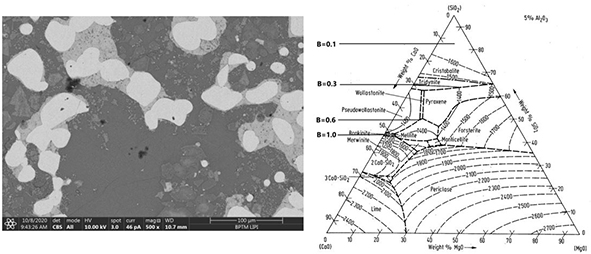Effect of Binary Basicity (CaO/SiO2) on Selective Reduction of Lateritic Nickel Ore
DOI:
https://doi.org/10.13133/2239-1002/17045Abstract
Selective reduction methods are being developed to process lateritic nickel ore to produce nickel with high content with low temperature or energy consumption. This research was carried out to study the effect of binary basicity (CaO/SiO2) in the lateritic nickel ore's selective reduction process. The lateritic nickel ore with 1.38% Ni and 38.2% Fe content was used in this study. The reduction was conducted at 1150°C for 60 minutes in a muffle furnace with 10 wt.% additives of sodium sulfate, bituminous coal as reductant, and calcium oxide addition to modify its binary basicity. The results showed that the nickel grades generates from the 0,1 basicity due to the breakage of magnesium, iron, and nickel silicate into metallic iron and nickel. However, the next increase of basicities decreased the nickel grade due to the formation of a high melting point compound.
lateritic nickel ore, selective reduction, binary basicity, reductant, additive.

Downloads
Published
Issue
Section
License
Copyright (c) 2021 Periodico di Mineralogia

This work is licensed under a Creative Commons Attribution 4.0 International License.

